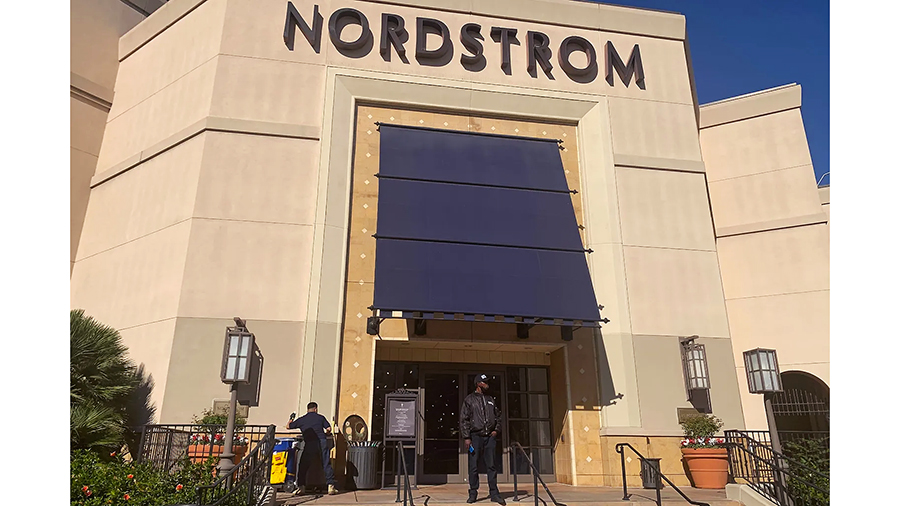Organized retail crime is a perpetual and burgeoning problem for the U.S. retail industry, and evidence suggests it is growing in scope and complexity, according to a recently released report from the National Retail Federation (NRF).
The NRF report, “Organized Retail Crime: An Assessment of a Persistent and Growing Threat,” was conducted in partnership with K2 Integrity, a global risk advisory firm.
“Organized retail crime has been a major concern for the retail industry for decades, endangering store employees and customers, disrupting store operations and inflicting billions in financial loss for retailers and the communities they serve,” said NRF President and CEO Matthew Shay. “These concerns have grown in recent years, as criminal groups have become more brazen and violent in their tactics and are using new channels to resell stolen goods. NRF and its members have been forcefully advocating for the ‘Combating Organized Retail Crime Act’ in Congress because it’s time for decisive action, not just platitudes and endless debate.”
The report provides a detailed assessment of U.S.-based ORC groups, their tactics and techniques for theft and resale, and their links with organized crime. The report also identifies critical gaps in the current understanding of ORC.
Key findings in the report include:
- ORC groups primarily target everyday consumer goods, which offer a favorable balance between ease of theft, monetary value and ease of resale. Only 11 percent of the ORC groups highlighted in the report targeted luxury goods;
- The median ORC fencing operation handled about $250,000 in stolen merchandise before being apprehended by law enforcement;
- ORC fencing operations rely on online marketplaces as one resale channel. About 45 percent of ORC groups, for which fencing information was available, used online marketplaces for resale operations;
- ORC fences that conduct online resale operations appear to be shifting away from third-party online sellers to peer-to-peer websites with direct engagement to buyers and sellers;
- ORC groups rely on advanced planning for the success of theft operations; and
- Significant deficiencies exist in the availability of consistent and consolidated data regarding ORC across national, state and local authorities, as well as the retail industry.
“Organized retail crime is growing as a real threat to the safety, operations and bottom line of retailers across the nation and now forms a part of the criminal and illicit financing landscape,” said Juan Zarate, global co-managing partner and chief strategy officer at K2 Integrity. “The ORC industry will grow more dangerous, complex and profitable, and its illicit proceeds will fuel more organized criminal networks and operations in the United States, globally and virtually, if more concerted action is not taken to disrupt these trends. We are proud of the role we played in developing an assessment of ORC and look forward to our continued partnership with NRF.”
NRF commissioned K2 Integrity in 2022 to assess ORC and provide information on its threats and trends. Over the past year, K2 Integrity interviewed retail security and law enforcement professionals, examined the details of more than 130 ORC cases, and researched court cases, industry reports and media reports on ORC spanning the previous decade.
Photo courtesy Nordstrom/AP
















